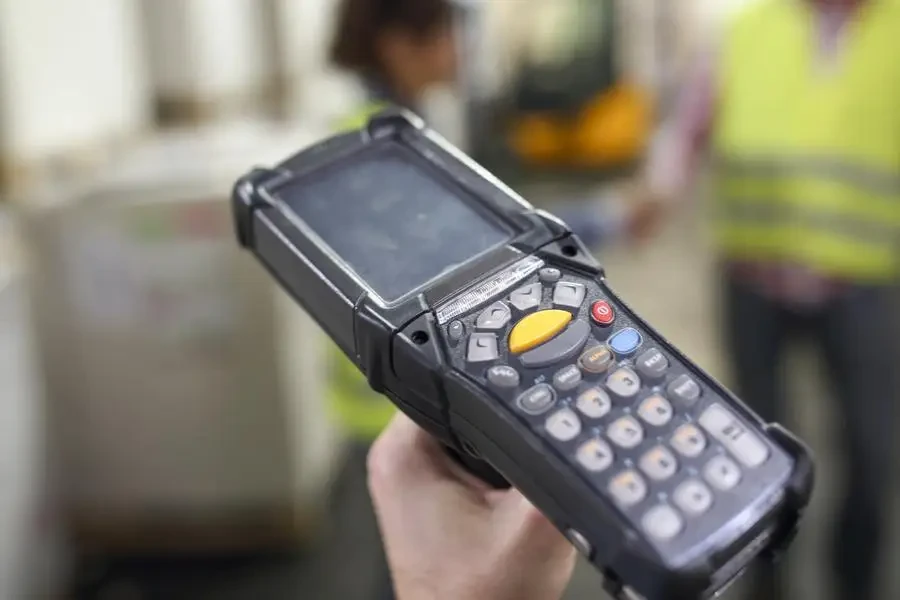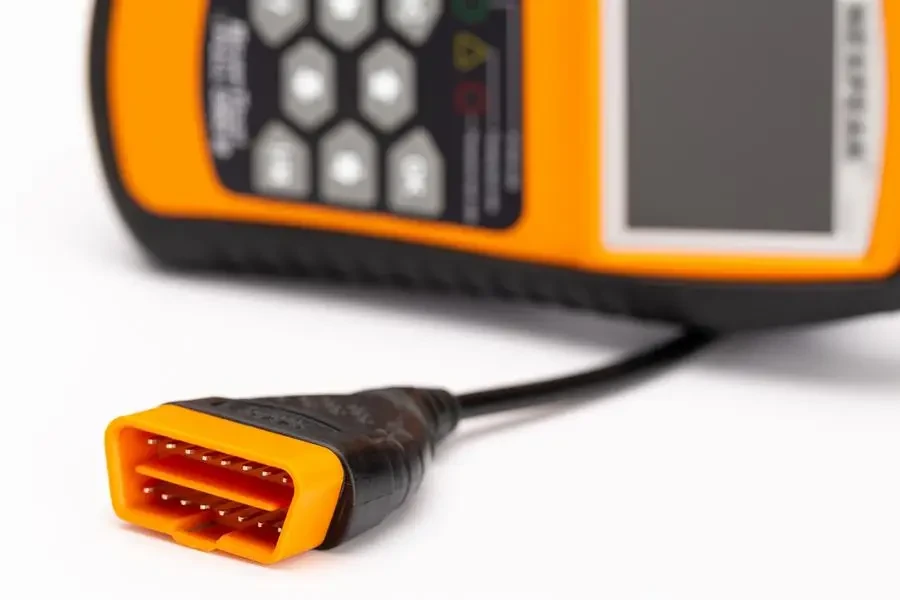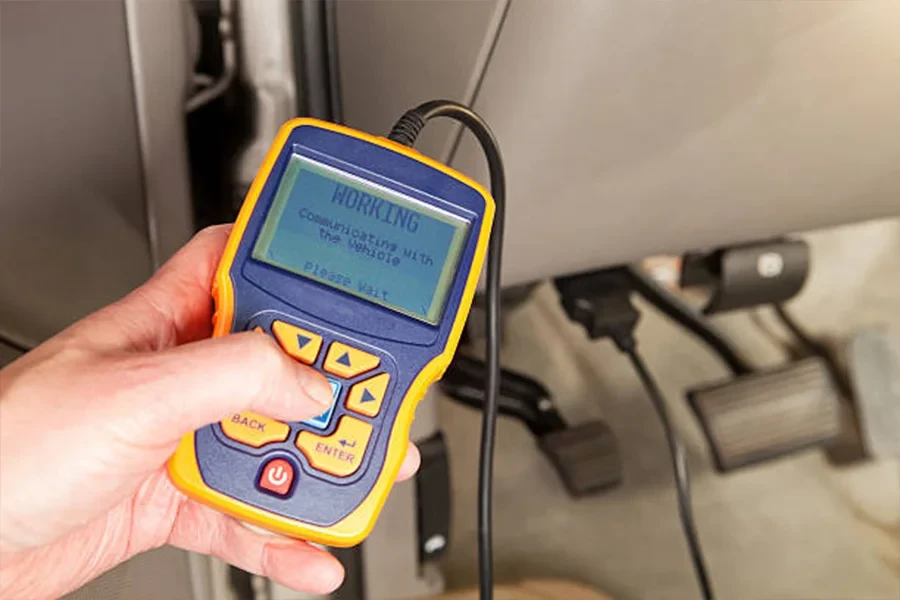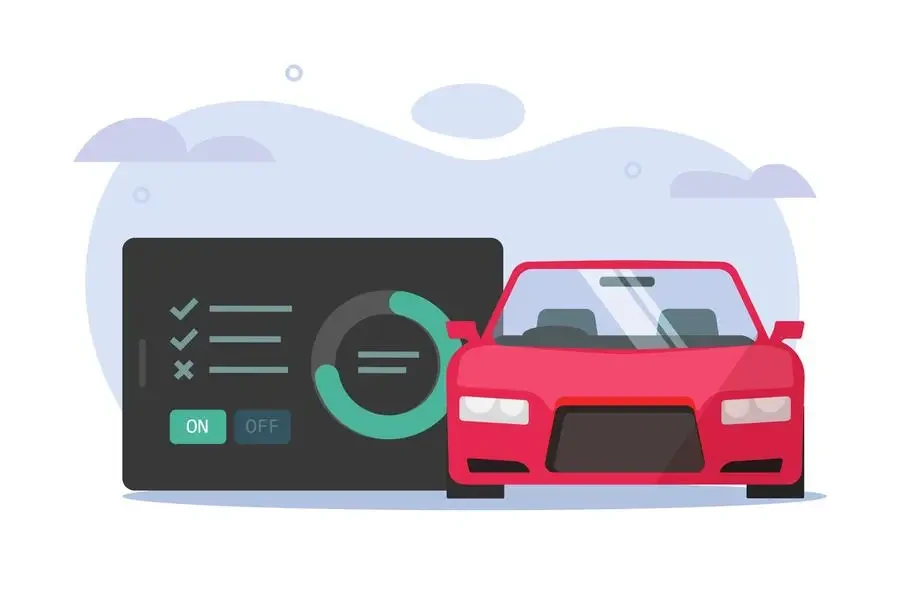The world is now more inter-drunk with technology and automobile among other things, it is now essential to know how healthy your ride is than ever before, that’s where the car code scanner comes in.
Car code scanners have revolutionized car maintenance by giving a view into the cars computers, this article looks at the essential components of car code scanners, their mechanisms, benefits, types, and compatibility as well as how to interpret them.
Whether you are a car mechanic or car enthusiast seeking a deep dive into automobile technology, this guide will arm you with the insight needed to keep up with the evolution of automobiles.
Table of Contents:
– What is a car code scanner and how does it work?
– The benefits of using a car code scanner
– Types of car code scanners
– Compatibility considerations
– Interpreting the codes from a car code scanner
What is a car code scanner and how does it work?

An OBD (On-Board Diagnostics) scanner, sometimes known as a car code scanner, is a device for reading information from the vehicle’s OBD (On-Board Diagnostics) system. The OBD system is designed to monitor the proper operation of many vehicle systems and components, and record any errors or other faults. Whenever the OBD system detects a problem, it logs a DTC (diagnostic trouble code) and, in many cases, the ‘Check Engine’ light on the dashboard illuminates.
A car code scanner is really simple in theory, but in practice it is quite complex. Once connected to the car’s OBD (on-board diagnostics) computer via the port, typically under the dashboard, and once the scanner has accessed the car’s computer, it displays the codes on the scanner screen. These codes reveal to its user, at least on a superficial level, what is ailing the car.
A Car Code Scanner is a valuable instrument for attaining more in-depth insights into possible faults that may be affecting a car’s overall health. It can help to eliminate guesswork, in order to identify potential problems swiftly. As a result, individuals may be able to save both time and money on repair costs. In addition, it empowers car owners with the ability to directly address any issues that may arise with their vehicle, enabling them to foster a greater sense of connection with their drive.
The benefits of using a car code scanner

Using a car code scanner can save both money and improve your vehicle’s performance. To begin with, it can save money because you will get the diagnostic codes immediately. This means you can skip all the troubleshooting and straight to the diagnosis, which can increase the efficiency of the diagnosis process and save a lot of the labor.
One of the other advantages that I think is worth mentioning is the fact that you can follow the health of the vehicle in advance. Even if you know how to use your car connect tool, you can still find the earliest problems with your vehicle and solve them. As a result, your vehicle will last longer. If you are thinking of buying a car, you can run a scan and check for any problems that could be hidden.
Finally, that ‘Check Engine’ light can now be demystified. What causes it, after all, is a secret known only to the car. But with a car code scanner, you can find out exactly which issues triggered the light, and prepare yourself to get your vehicle serviced with a bit more confidence.
Types of car code scanners

There are many different types of car code scanners out there, each with its own purpose and suitable for different knowledge levels. The basic code readers are the most simple ones, designed to read, erase and clear codes from the car’s computer. As these devices are usually the cheapest and simplest car code readers on the market, it is best to use them for occasional users and enthusiasts who want to do the repairs themselves.
At the other end of the spectrum are professional-grade scanners that can do more than read codes: they can monitor live data, perform diagnostics and even reprogram parts. They cost more but are indispensable to mechanics and car hobbyists who need as much data about their vehicle as possible.
Furthermore, as technology evolved, scanners appeared on the market that include Bluetooth and Wi-Fi, meaning that they connect wirelessly to a smartphone or tablet, and utilizing apps to display diagnostic information. This capability provides greater convenience and mobility, enabling the user to perform diagnostic testing and monitor vehicle performance while on the road with the use of a laptop or tablet.
Compatibility considerations

The most important thing to look for when choosing a car code scanner is whether it’s compatible with your car. Every modern scanner is OBD2-capable, meaning it can connect with systems that became required on cars made from 1996. (The United States led the way in introducing these systems.) However, if your car is older than that, or you import a car from another country, it might have an OBD1 system – and you probably need an adapter or scanner that is compatible with the OBD1 protocol.
Also, besides general codes readable in all cars, some scanners are equipped with manufacturer-specific codes giving more nuanced diagnostic information. If you’re a proprietary-system-vehicle owner, that might be worth looking for.
But before buying any car code scanner, make sure it works with your vehicle’s make, model and year. Double-check its diagnostic capabilities with your vehicle to avoid wasting your money on something that won’t work.
Interpreting the codes from a car code scanner

Actively trained in reading codes, that delve beyond the illuminated warning light on your dash, can enhance their car code scanner experience. Every code begins with a letter followed by four numbers. The letter tells you what system the code relates to (for example, P is for Powertrain, B is for Body), and the numbers tell you what is actually wrong.
It’s up to an owner or mechanic to have the code knowledge to recognise a problem, but more importantly to fix it. Along with a scan tool that provides the codes, a decent manual or reference book (or a computer screen) listing common codes and their descriptions are almost always included with a scan tool, or easily found in most online databases for free.
But a code by itself isn’t always a definitive diagnosis – further testing and inspection are often needed to really pin down what’s wrong. So while car code scanners are useful pieces of kit for self-diagnosis, they are best used in collaboration with professional automotive knowledge and skills.
Conclusion
A car code scanner is a must-have for any toolkit in modern automotive maintenance, bypassing the need for a mechanic to mess around in the engine for hours, and providing a direct link to your vehicle’s health. By learning about the various types of scanners, how to determine if you need one, and how to read the codes, you can use this technology to keep your car running smoothly for many years to come. Armed with a car code scanner, you can take control of your vehicle’s maintenance, extending the life of your car and improving your safety and enjoyment every time you get behind the wheel.



